Monte Dobongsan (도봉산)
14.4Km 2025-06-13
Dobong-dong, Dobong-gu, Seúl
El monte Dobongsan, situado el noreste del Parque Nacional del Monte Bukhansan, es conocido por las magníficas formaciones rocosas de Manjangbong, Seoninbong, Jubong, Obong y el pico Uiam. El pico Seoningbong tiene 37 senderos, incluido el famoso sendero Bakjwi (murciélago). La montaña también es el hogar del templo Cheonchuksa, el templo más antiguo de la región, entre otros, como el templo Mangwolsa y el templo Hoeryongsa, así como también un gran número de valles llamados Donong, Songchu, Obong y Yeongeocheon. Además, es fácilmente accesible en transporte público.
Chuncheonok (춘천옥)
14.5Km 2025-05-14
19 Digital-ro 12-gil, Geumcheon-gu, Seoul
Zona de Acampe de la Aldea Jeonwonilgi (전원일기마을캠핑장)
14.6Km 2025-06-10
Iryeong-ro 327-beongil 227-15, Jangheung-myeon, Yangju-si, Gyeonggi-do
Monte Cheonggyesan (청계산)
14.6Km 2025-06-16
Wonto-gil, Seocho-gu, Seúl.
El monte Cheonggyesan (618 m) está bendecido con hermosas características geográficas, y las aguas cristalinas que fluyen a través de su valle de 2 km lo hacen un destino muy popular entre los visitantes. Es uno de los 'Jwacheongnyong Ubaeko' (dragón azul izquierda y tigre blanco derecha) que protegen Seúl, junto con el monte Gwanaksan. El monte Cheonggyesan, que también se conocía como Cheongnyongsan anteriormente, tiene dos caras. La que se ve a la derecha cuando se pasa por Yangjae es una montaña suave con pequeñas rocas que afloran. Por el contrario, los alrededores de Manggyeongdae, que se pueden ver desde la entrada principal del Gran Parque de Seúl en Gwacheon, están cubiertos por rocas, haciendo un lugar con vistas impresionantes. Sin embargo, hay una instalación gubernamental en Manggyeongdae, haciendo que la cima quede fuera del alcance del público general.
Mario Outlet (마리오아울렛)
14.6Km 2024-02-19
Digital-ro 9-gil 23, Geumcheon-gu, Seúl.
Ononsa (온온사)
14.7Km 2023-07-13
Gwanaksan-gil 58, Gwacheon-si, Gyeonggi-do
Sky Dome de Gocheok (고척 스카이돔)
14.7Km 2023-09-11
Gyeongin-ro 430, Guro-gu, Seúl
El Sky Dome de Gocheok es el primer estadio de béisbol con cúpula construido en Corea. Desde su creación en 2015, el estadio se ha utilizado como sede para diversos eventos, incluidos partidos de béisbol, deportes atléticos, actuaciones, conciertos y más. El estadio consta de dos sobsuelos y cuatro pisos, con 16.783 asientos disponibles. El Sky Dome de Gocheok sirve como instalación cultural para el público que puede albergar eventos independientemente de la temporada y el clima. Una calle con temática de béisbol está conectada a la cúpula para los fanáticos del béisbol. También se encuentran disponibles otras instalaciones y tiendas relacionadas con los deportes.
Pista para Trineos de Nieve de Seoulland (서울랜드 눈썰매장)
14.7Km 2025-05-22
Makgye-dong, Gwacheon-si, Gyeonggi-do
La Pista para Trineos de Nieve tiene una superficie de 11.570 m², consta de la pista para adultos (50 m. de anchura y 100 m. de longitud) y la pista para niños (30 m de anchura y 45 m de longitud). Las pistas mantienen aquí una pendiente de 17º, lo cual aumenta la velocidad del trineo. En todos los rincones de la colina hay iglús y estufas, que proporcionan a los usuarios paisaje y recuerdos de buenos momentos. Hay dos tipos de trineo: el trineo de cámara de aire y el trineo de plástico, permitiendo a los visitantes elegir entre los dos. La pista para niños no es demasiado empinada, y proporciona seguridad con cojines de goma sujetos al trineo. Los personajes, tales como Santa Claus, Rodolfo, los muñecos de nieve, etc., también se suman a la diversión, pudiendo tomarse fotos con ellos.
Parque de Atracciones Seoulland (서울랜드)
14.9Km 2023-02-21
Gwangmyeong-ro 181, Gwacheon-si, Gyeonggi-do.
Seoulland es el primer parque temático de Corea y el monte Cheonggyesan que lo rodea tiene una belleza particular. En Seoulland están la Plaza del Mundo, donde se exponen obras de arquitectura tradicional y piezas folclóricas de todo el mundo; el Jardín Samcheonni, donde se puso énfasis en el disfrutar de los objetos tradicionales coreanos; el País Modelo, que recuerda el período de la conquista del oeste norteamericano; y el País de las Maravillas. En total hay cinco parques temáticos que componen Seoulland. En cuanto a juegos de recorrido están el Crucero Espacial, el Hoyo Negro 2000, el Tren de la Galaxia, las Corrientes Rápidas, la Alfombra Mágica, entre un total de 40 juegos, y también dispone de espectáculos en el Teatro de Aventuras, Salas de Cine, el País de los Cuentos, entre otros.
El orgullo de Seoulland es la variedad de festivales según las estaciones que organiza y el espectáculo nocturno de rayos láser. Seoulland, levantada sobre una gran extensión de tierra, alberga varios festivales en cada estación del año. De abril a mayo, el Festival de los Tulipanes; de julio a agosto, el Festival de las Rosas Estelares; de septiembre a octubre, el Festival de los Crisantemos; y de diciembre a febrero, el Festival de las Luces sobre Nieve.
Puesto que el Parque de Diversiones Seoulland tiene cerca al Gran Parque de Seúl, el Bosque de Relajación del Monte Cheonggyesan, el Museo Nacional de Arte Contemporáneo y otras excelentes atracciones turísticas, es hoy en día uno de los destinos más populares para el descanso.
Museo Nacional de Arte Moderno y Contemporáneo en Gwacheon [MMCA] (국립현대미술관 과천)
15.2Km 2024-07-29
Gwangmyeong-ro 313, Gwacheon-si, Gyeonggi-do.
Situado en la ciudad de Gwacheon, esta sede del Museo Nacional de Arte Moderno y Contemporáneo exhibe la obra de artistas modernos coreanos e internacionales, así como la obra de los artistas contemporáneos que actualmente atraen la atención en el mundo del arte. Además de su colección permanente, el museo presenta, por lo general, varias exhibiciones especiales, que duran de tres a cuatro meses. La mayoría de las exposiciones se pueden ver gratuitamente, aunque algunas de las exposiciones especiales principales pueden cobrar una tarifa de entrada. Las seis galerías de exposiciones del museo se extienden por tres pisos, e incluyen una galería para niños. El museo está situado cómodamente en las afueras de Seúl, cerca de varias otras atracciones, tales como el Gran Parque de Seúl y el parque de atracciones Seoulland, de modo que el área contribuirá a que sea un buen día de excursión.

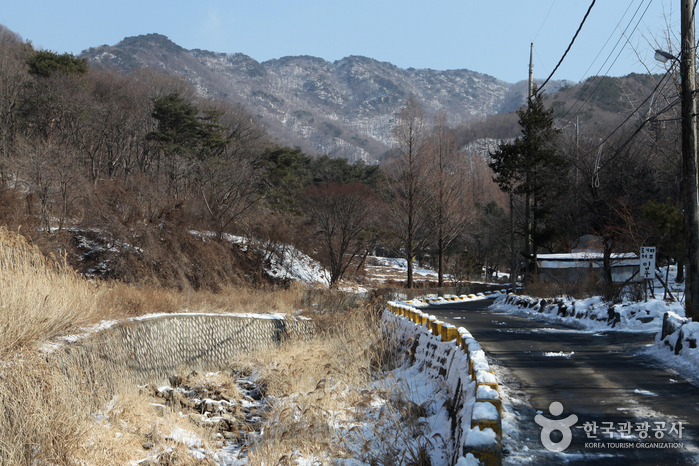
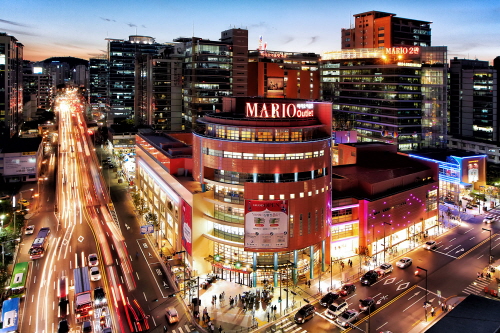
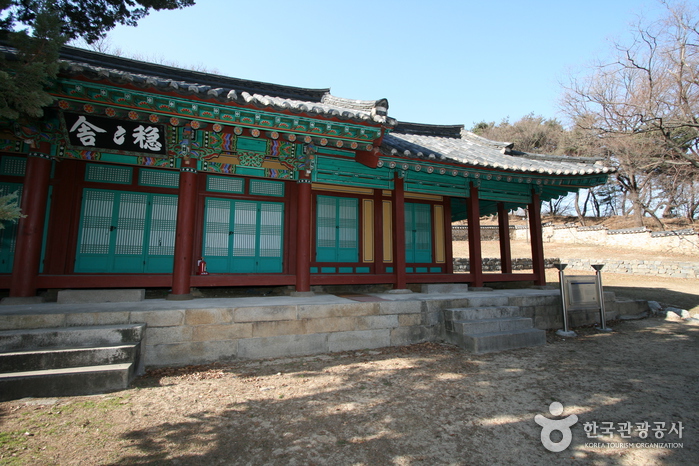
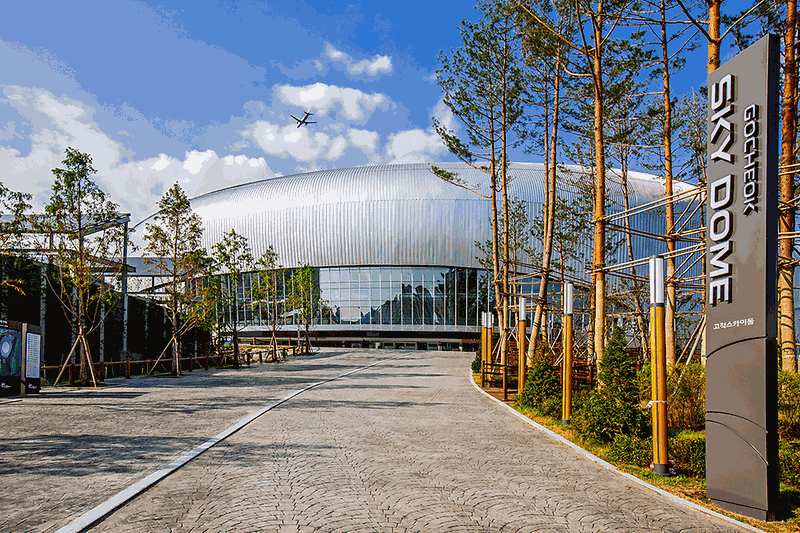

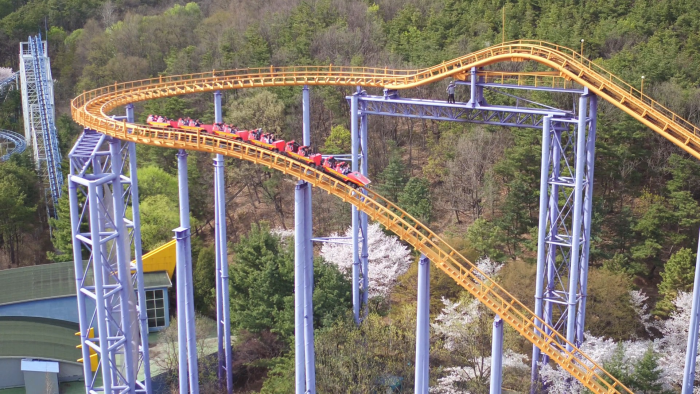
 Español
Español
 한국어
한국어 English
English 日本語
日本語 中文(简体)
中文(简体) Deutsch
Deutsch Français
Français Русский
Русский